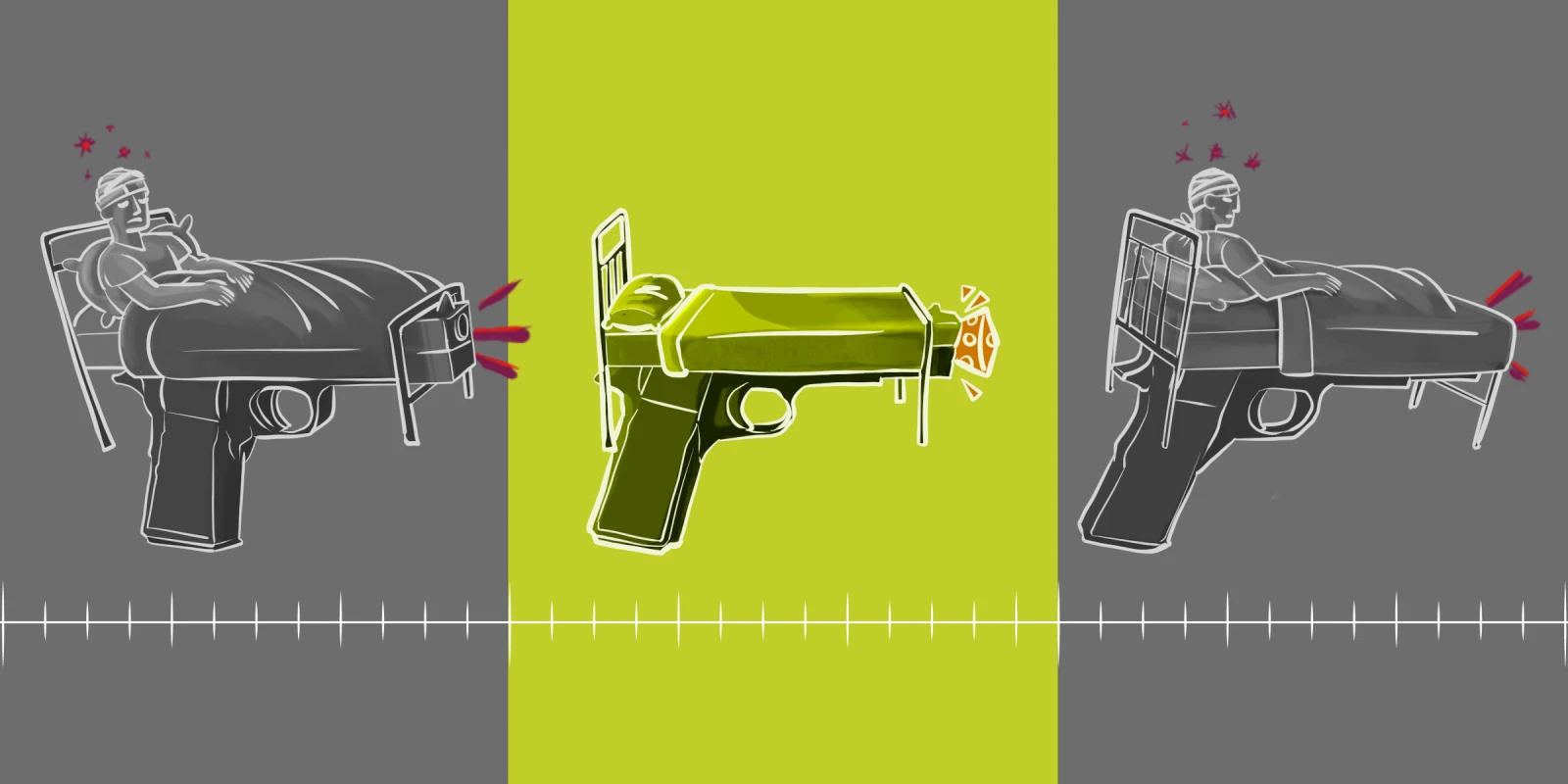
Over the past several months, physicians around the world sounded the alarm on the dangers of the novel coronavirus. In the United States, community spread was announced by the CDC on February 26th, although the silent spread is now suspected to have begun weeks earlier. Concern from the medical community intensified, but we could not test patients for the virus.
Without a way to identify patients who were positive, we could not contain those infected nor trace their contacts. The United States’ actions continue to lag behind the rapid spread of the virus. As our medical community rushes to care for rapidly increasing patient volumes, they are met with dangerous shortages of personal protective equipment and critical medical supplies.
How did a country considered to be an epicenter of economic strength and technological innovation become the country with the greatest number of cases of COVID-19?
We ignored the signs.
We have been slowly reactive to the COVID-19 pandemic, rather than proactive. We have waited for the virus to bring to life each threat against humanity before we take action. The lack of robust public health response to COVID-19 has led not only to the spread of disease but panic among the public, inciting the stockpiling of hand sanitizer and toilet paper.
For some people, this panic-induced stockpiling has included firearms and ammunition.
Images of firearm and ammunition storefronts from California to New York depict lines of customers wrapping around buildings. Ammunition sales are reported to be up more than 1,000% in several states. Most worrisome, is that according to the firearms industry trade group, retailers are reporting the majority of purchases are first-time gun buyers. Given social distancing during coronavirus, it is less likely that these individuals are appropriately trained in firearm safety.
Public health professionals can see the makings of a perfect storm for a wave of firearm injuries and deaths. The stress of the pandemic has hit every American household. Home isolation threatens to increase the severity and frequency of domestic violence. Quarantine threatens to exacerbate depression, anxiety, and suicide risk. Economic stressors — nearly 10 million people filed for unemployment in a two-week period — also increase the risk of suicide. Children are home from school, without structured child care and deprived of social interaction with their peers. The stress and anxiety about the uncertainty of our future are universal. And unsecured guns in homes increases the risk of fatal injury, should an argument or suicide attempt occur.
Now that the threat of a secondary public health crisis looms, will we have the insight and courage to take preventative action?
Gun violence, including suicide, was already a public health crisis in the United States before COVID, and firearm injuries and deaths have not stopped. At the end of March, the number of gun-related homicides was equal to the number of COVID-19 related deaths. Suicide was already a leading cause of death in the United States — and a majority of suicides occur with a gun.
And so, as the COVID-19 pandemic rages on, and as it increases the stress on our health, economy, and collective psyche, will we see the increase in firearm injuries and deaths that public health officials fear?
That’s up to us. Firearm owners are encouraged by firearm organizations to redouble efforts to secure guns and ammunition in appropriate locking devices, out of the reach of children, teenagers, and anyone at risk of suicide during this stressful time.
New owners, or people considering buying a gun, shouldn’t rush into the decision. Guns should only be used by those with proper training, which may be more difficult to attain during stay-at-home orders. No one should purchase a first gun without considering the risks, benefits, and responsibilities — including the costs of secure locking devices.
In the long term, there is hope that the COVID-19 crisis will bring improvement in our nation’s public health infrastructure. And with good research, community engagement, and thoughtful policy, we can similarly tackle the public health threat of firearm injury and death. Let us learn from our past mistakes and underestimation of the COVID-19 pandemic and let us avoid another public health crisis.
Ashely Alker, MD, MSc, (@aalkerMD) is an emergency medicine doctor outside of Washington D.C. and specializes in patient education.
Emmy Betz, MD, MPH (@EmmyBetz) is an associate professor of emergency medicine at the University of Colorado School of Medicine and co-Founder of the Colorado Firearm Safety Coalition.
Megan Ranney, MD, MPH (@meganranney) is an associate professor of emergency medicine at the Alpert Medical School, Brown University, and chief research officer of AFFIRM Research, an organization to reduce gun violence.
Click here to see more perspectives on COVID-19 from the Doximity network.
Click here for up-to-date news about COVID-19 on Doximity.
Illustration by April Brust






